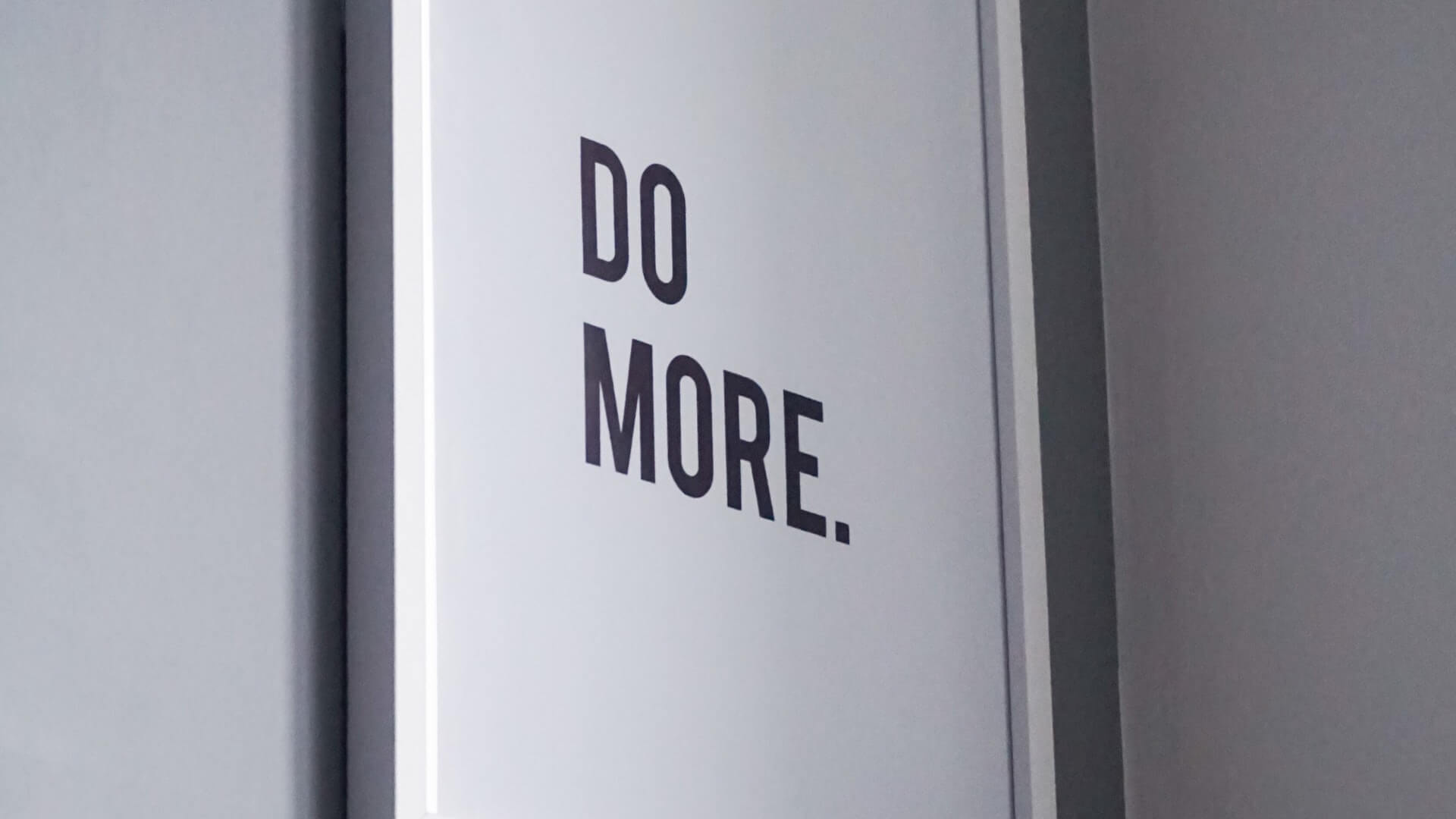Getting students to practice can be tough.
It seems to be toughest to get my younger, intermediate-level students to practice, though.
One of the most common reasons seems to be that once a student starts sounding good (and feeling competent) on a few things, they often don’t want to push their limits quite as much as they did before.
However, one of the quickest ways to improve – no matter your level – is to invest in quantity over quality.
The Beginning: Quantity Leads To Quality
Just about every brass player starts off without much quality.
The first few (or few hundred) notes are often more akin to a sheep bleating or elephant trumpeting than whatever instrument they are holding.
But since they really don’t know anything else, they (hopefully) keep practicing. After all, if you don’t know what “good” sounds or feels like, the next step in practice is “do it again”.
Over time, this quantity of practice (along with good instruction) starts to build quality. It often takes months or years, but eventually the student will be able to play comfortably over a reasonable range. It is here that the danger starts.
The danger is that once a student knows what “comfort” feels like, or “good” sounds like, the student is unwilling to invest in expanding their “comfort zone”.
This can sometimes be the fault of a teacher, of course.
Some teachers will keep students on the same material for far to long. This can get students into a rut, where they only play things they know well. For some students it can lead to an inability to read music – they only echo things that are played for them. It can also lead to boredom, which often leads to bad playing habits.
Other teachers can criticize – instead of teach – students when they try to exceed their current technique. Instead of giving the student instruction, they will simply point out defects.
Often, though, it’s the younger student that doesn’t want to invest in the quality of quantity.
Over time, quantity starts to build quality…it is here that the danger starts.
Quantity is Necessary Before Quality
If you’re trying something new (in music or in life) make sure that you invest in sufficient quantity before you obsess over quality.
To put it into brass-player perspective: your first high C will be bad. The second one won’t be much better. But by the time you’ve done 50 (or 500), you’ll start to get the hang of it. It should go without saying, though, that you don’t do these all in one practice session (or week).
This reminds me of the satirical video done by Steve Peterson featuring William VerMeulen and Margaret Tung that caused a minor uproar in the horn community back in 2011:
While VerMeulen is definitely playing up his persona for the video (note that this was written by Steve Peterson), his approach is not wrong.
If you’re looking for other resources about quantity being a necessary precusor to quality, this video motivated me to write this:
And a great article by Derek Sivers makes it clear where the time to invest in quantity comes from – you take it from the “comfortable” activites. Whether that’s watching Netflix or playing “Hot Cross Buns” again.


Leave a Reply
You must be logged in to post a comment.